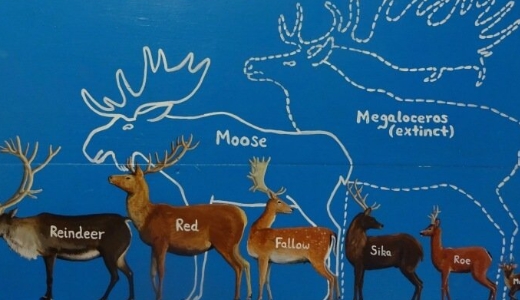The majestic moose is a symbol of the Northwoods, known for their impressive size and antlers.
Size and Appearance
Moose are the largest members of the deer family, with adult males weighing up to 1,500 pounds and standing over 6 feet tall at the shoulder.
Their distinctive antlers can span up to 6 feet wide and are shed and regrown every year.
Habitat and Range
Moose are typically found in northern regions of North America, Europe, and Asia, preferring wetland areas such as swamps, marshes, and lakeshores.
They are excellent swimmers and can often be seen wading through water in search of aquatic plants to eat.
Diet and Behavior
Moose are herbivores, feeding on a variety of plants including aquatic vegetation, twigs, and leaves.
They are primarily solitary animals, only coming together during mating season in the fall.
Threats and Conservation
Moose populations are facing threats from habitat loss, climate change, and predation from wolves and bears.
Conservation efforts are in place to protect moose populations and their habitats, including habitat restoration and management programs.
Interesting Facts
– Moose have a keen sense of smell and hearing, allowing them to detect predators from a distance.
– Despite their large size, moose are surprisingly fast runners, capable of reaching speeds up to 35 miles per hour.
– Moose are not typically aggressive towards humans but can become aggressive if they feel threatened or cornered.
In conclusion, the majestic moose is an iconic creature of the wilderness, with unique characteristics and behaviors that make them a fascinating species to study and observe.

